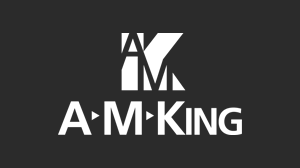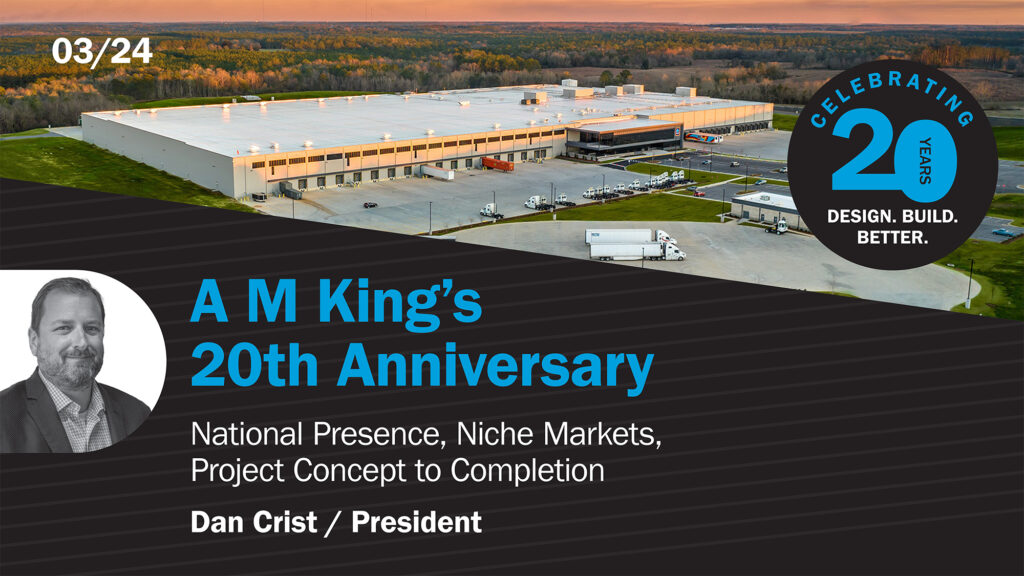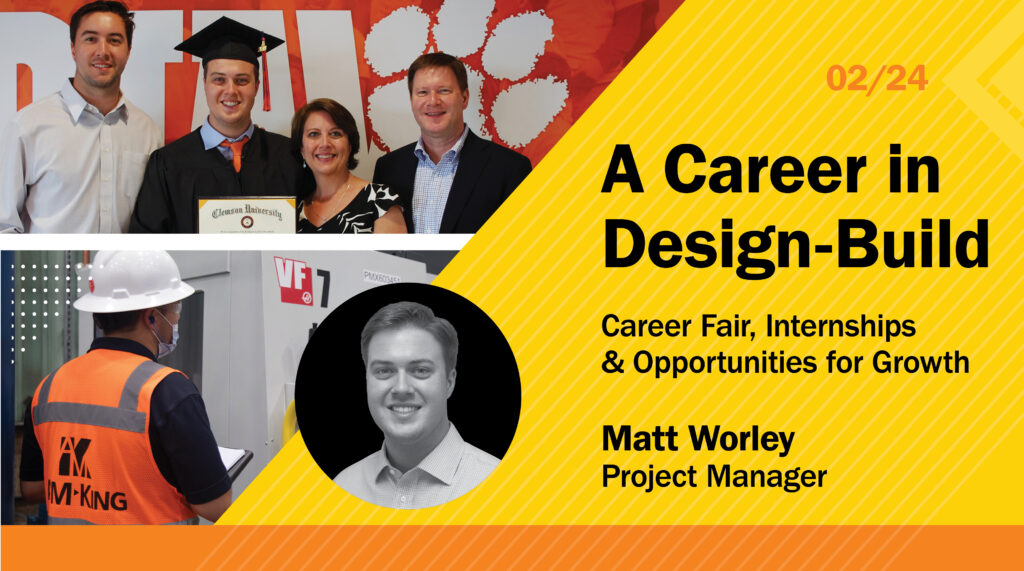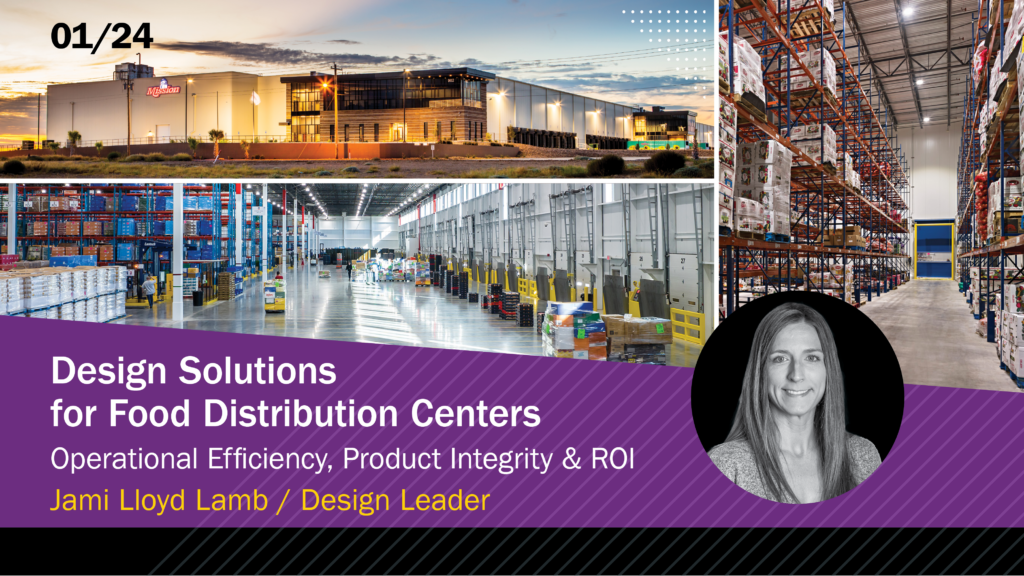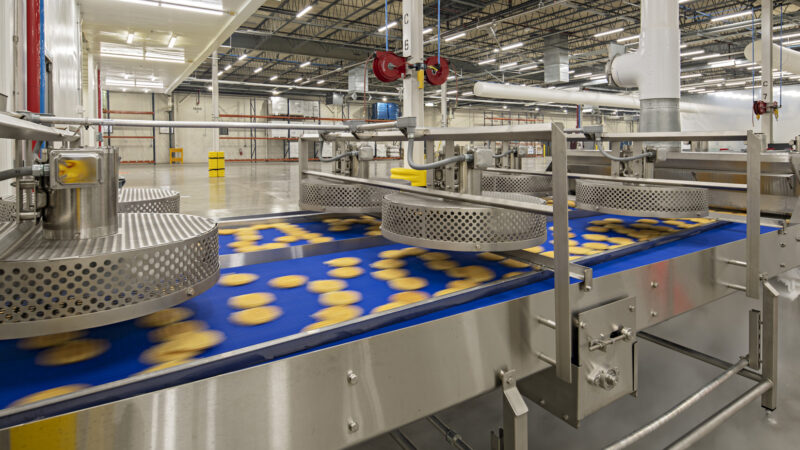
A Tale of Two Growing Food Companies: How Cost Efficiencies Were Created for Both Facility Renovation and New Construction Options
In this fast-paced era of evolving consumer demands, many growing food companies are accelerating plans for expansion. We are witnessing that these businesses are seeking larger and more updated facilities, particularly as e-Commerce giants continue to build out their logistics infrastructure. In each case, how should they decide between facility renovation and new construction?
Expect significant continued investment in warehouse and distribution centers, predicts FMI in its 2023 North American Engineering and Construction Industry Overview. The report states that “construction spending within the commercial space will remain largely driven by warehouse and distribution centers, which now represent more than 50 percent of annual segment spending.”
For any food business that is participating in the growth of their operations, this is great news. The question, however, is how to accomplish their goals? Should they renovate or expand an existing facility or pursue new construction?
I counsel our clients to consider their objectives and prioritize areas that require expansion or modernization. Then my team and I work with them to understand the full cost and impacts of a project before substantial monies are spent.
There is often much to consider. Food safety requirements, outdated equipment and systems, quality and safety of employee work environments, safety and energy audits, operational downtimes and master planning to facilitate speed-to-market for new product lines are just a few of the concerns to be addressed. These issues can be difficult to analyze and even more challenging to convince owners and operators of the benefit to the bottom line.
Some of our recent clients, such as U.S Waffle Company and GAB Operations, LLC, were in growth and expansion mode when they considered whether facility renovation or new construction would make more sense.
Two Clients / Two Different Paths to Expansion
U.S. Waffle, a leading manufacturer and distributor of specialty frozen waffles, wanted to explore development of new products and expand production capabilities. When we began working with them in 2019, they had exhausted their footprint at their current facility in Greenville, SC and were thinking about purchasing and renovating a local manufacturing landmark in nearby Liberty. While they ultimately chose that option, their deliberations included the following:
- Pros: Warehouse space to accommodate future growth; proximity to interstates; strong local workforce; robust electrical infrastructure; ample parking and land for potential expansion.
- Cons: Building slab would not support heavy baking equipment and forklift traffic; underground sanitary system was not optimized for wash-down operations; existing gas service needed upgrades; and the HVAC and ventilation system required improvements to meet demands of a food production facility.

Like U.S. Waffle, GAB, a Mexico-based producer and distributor of fresh and frozen fruits and vegetables, was looking for opportunities to grow their business. However, in this case, because they were landlocked, any renovations they took on would not accommodate future growth trajectories.
Thus, the decision to explore the construction of a new greenfield facility in Laredo, TX became more appealing than moving to and renovating another existing facility. For this client, the advantages and disadvantages were as follows:
- Pros: Warehouse space and land for future growth; flexibility to expand business services; increased quality control through a more efficient refrigeration system; ability to create a facility that met their exact specifications; and an option to provide their employees with amenities such as dormitories.
- Cons: Initial upfront investment; learning curve of a new facility and speed-to-market.
Cost Efficient Solutions for Food Facility Renovation and New Construction
Food manufacturing facilities require heavy coordination with 24/7 production lines, conditioned space, temporary pressurization zones for sanitary purposes and a list of much more. As such, renovations to existing facilities can be extremely challenging for both the client and the Design-Build team.
Our teams are adept at working in these intense environments and understand the importance of proper coordination in order to minimize operational disruption.
Through our interactive and collaborative Design-Build process, we find solutions that meet each of our client’s needs, whether they want to consider facility renovation or new construction. We assist with equipment layout and operational efficiencies; site comparisons; MEP options; energy savings; economic development incentives and speed-to-market through design and construction schedule management.
Not surprisingly, the requests we receive most often are for cost comparisons, alternative design and cost savings ideas.
On our U.S. Waffle project, although we were in line with the budget, the Owner challenged us to develop additional value engineering options—which resulted in a savings of 2.7 percent. For example, we worked with our subcontractor to recycle the building’s abandoned mechanical roof openings by using curb adapters and changing equipment sizes.
In contrast, GAB chose to pursue new construction to meet company objectives. However, like many of our projects, staying within budgetary parameters was paramount. Midway through design we were able to identify several areas that were contributing to budget overages. At that stage GAB challenged us to present them with ideas for savings that would not compromise the building size or operational requests.
Our teams spent an exhaustive two weeks studying the design, looking at alternative materials, and other potential components that the Owner might consider adjusting. Our proposed list would have resulted in approximately 4.4 percent in savings. The client accepted items totaling approximately 3.6 percent.
Outside of direct cost savings, we often assist clients in navigating the process of construction, more specifically the Design-Build process and the speed-to-market that this delivery method provides.
One of the disadvantages to new construction can be extended duration required for construction due to long lead time for items like materials and MEP trades. To expedite schedule, we release trades early, parallel to the design process, so that we can begin the process of obtaining long lead time material details, gain approvals, and then place orders.
The year 2022-2023 has seen substantial increases in the price of materials and lead times that are six to eight months past typical durations. By providing clients with frequent pricing and lead time updates, we are able to mitigate delays associated with supply shortages and extended material procurement.
Our GAB project in Texas illustrates this point perfectly. We were able to accelerate the design of structural steel, bid it out, release, and lock in a delivery date that aligned with our mobilization date for site work. During the past eight months, we have successfully navigated our client’s greenfield project through this potential delay, without impact to the start or end date.
There is an added benefit to saving money and time on projects: Getting client products to market faster, thereby more quickly generating much needed revenue.
***

Expansion and growth can be an exciting time for a company. It can also be stressful. It is important for clients to understand their options when exploring how to expand their operations footprint. How do you decide between facility renovation and new construction? In most cases, it is going to require less upfront cost to pursue adaptive reuse versus new construction.
That said, every scenario is unique. Our Design-Build teams have worked with multiple clients on projects where we have uncovered indirect cost savings that offset some of the initial investments. Some of those clients pursue renovations and some pursue new builds, but in either case when they make those decisions, they feel educated and confident in their choice.



